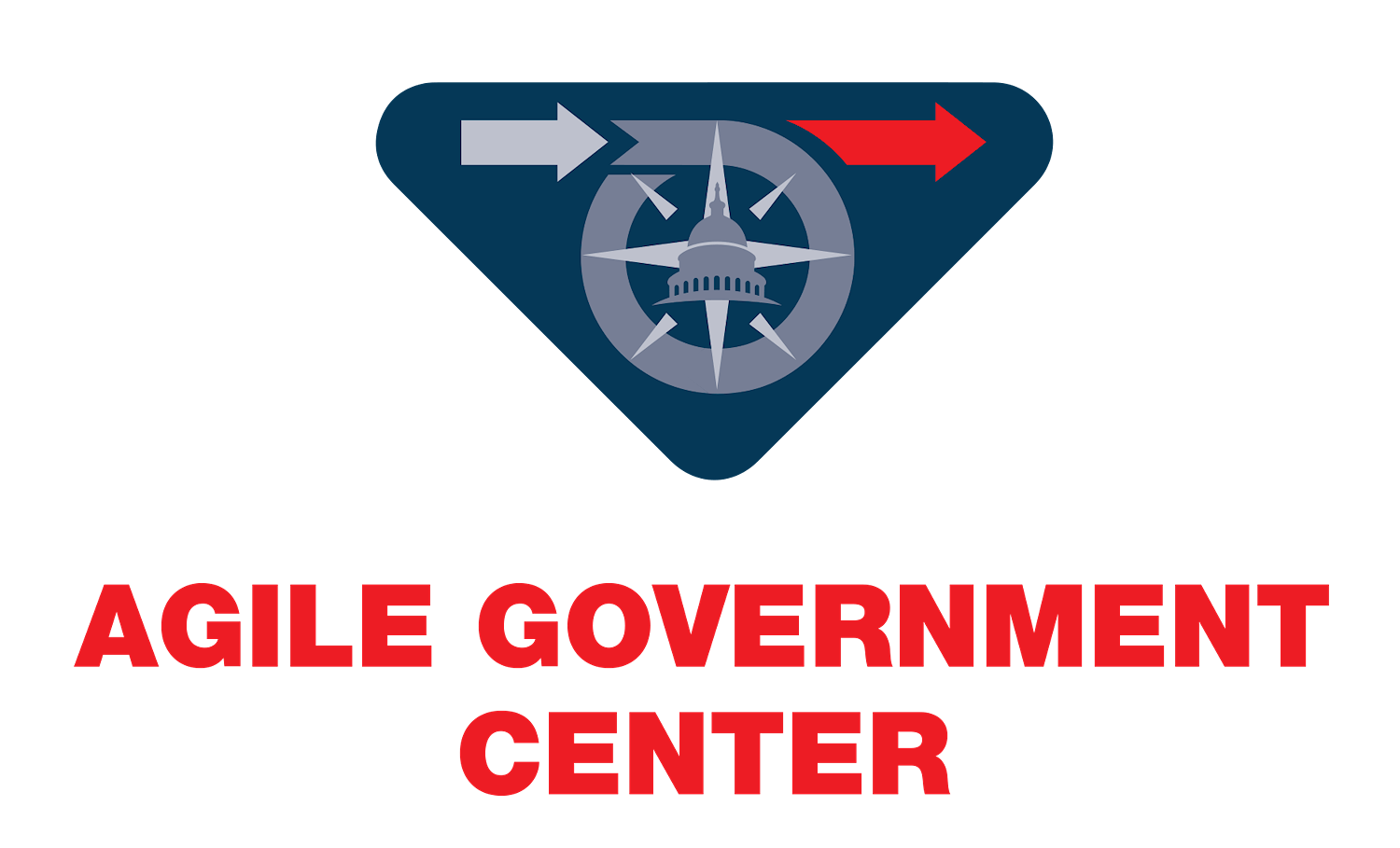
Agile Regulation: Gateway to the Future
The National Academy of Public Administration, the Project Management Institute (PMI), and the Samuel Freeman Charitable Trust embarked on an effort to address federal regulation, which many view as the least agile area of public administration and policy. This paper presents an Agile Regulatory Framework that we believe can help federal agencies meet public needs in an increasingly fast-paced and dynamic environment. This framework is offered in the spirit of a deep and abiding belief in the public sector’s importance and the need for regulation. This report provides:
- An Agile Regulatory Framework with nine tenets across four key categories;
- A detailed description of each tenet and specific practices that federal agencies could consider adopting; and
- Examples of agencies operating in an agile way.
This nine-month project, led by an Academy Study Team, was guided by a five-member Expert Advisory Group.
Click the button below to view the Agile Regulation Report.
Agile Regulation ReportClick the button below to view the Quick Clip: Agile Regulation.
Quick Clip: Agile RegulationKey Tenets of Agile Regulation
By implementing the proposed agile tenets and practices, we expect federal agencies will become more anticipatory and forward looking, innovative and experimental, data driven, responsive, and transparent. Consistent with existing legal requirements, we hope that federal agencies use this framework where possible to support the conduct of their vital public missions.
Public Need
1. Understand changing external conditions and evolving societal, economic, and environmental needs.
Regulatory Design
2. Think comprehensively about how to best meet the agency’s regulatory goals.
3. Incorporate innovative methods that address economic, environmental, and societal needs.
4. Collaborate early and often during regulatory development.
Internal Processes
5. Construct small yet inclusive teams to manage the regulatory development process.
6. Make the agency’s work and workflows visible as regulations are developed.
7. Automate processes and use modern technological tools.
8. Conduct parallel processing of activities.
Continuous Learning
9. Foster continuous learning about regulatory impacts and internal processes.
